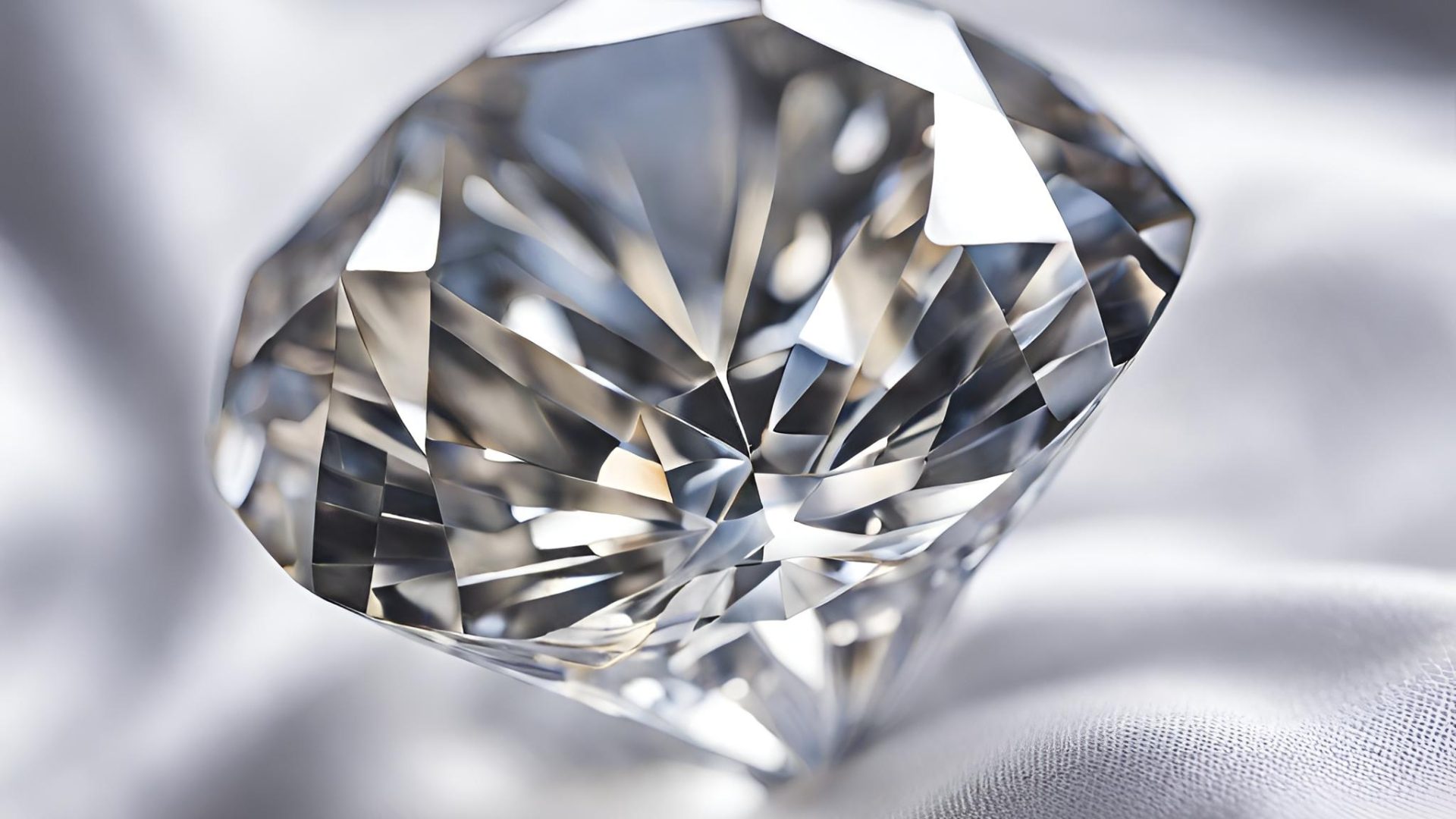Understanding Diamond Rarity: Natural Formation, Market Influence, and Lab-Grown Alternatives
Natural Formation and Supply
Diamonds are formed under outrageous conditions profound within the Earth’s mantle, which might lead one to believe that they are incredibly rare. The course of sind diamanten selten formation takes millions to billions of years, contributing to the perception that diamonds are rare. However, while the geological conditions required for their formation are unique, the inventory of natural diamonds is not as limited as one might think. Significant diamond deposits have been discovered around the world, including in countries like Russia, Botswana, and Canada. Despite this, the rarity of diamonds is often highlighted to maintain their high market value.
Market Control and Diamond Rarity
Another factor affecting the perceived rarity of diamonds is market control. The De Lagers Gathering, historically a major player in the diamond industry, has had significant influence over diamond supply and pricing. By controlling the stockpile of diamonds and creating a feeling of scarcity, the market can manipulate the perception of rarity. This strategy has effectively maintained high diamond prices despite the availability of large quantities. Hence, the perception of diamonds being rare is partly a consequence of strategic marketing rather than a genuine scarcity.
The Job of Lab-Grown Diamonds
The advent of lab-grown diamonds has introduced another dimension to the discussion of diamond rarity. Lab-grown diamonds are chemically and physically identical to natural diamonds however are created in a controlled environment. The increasing availability of lab-grown diamonds challenges the notion of natural diamond rarity. With advanced innovation, lab-grown diamonds can be delivered in large quantities, potentially altering the stockpile demand balance and affecting perceptions of natural diamond rarity. As lab-grown diamonds become more typical, the question of whether natural diamonds are rare turns out to be more complicated.
Diamond Mining and Environmental Impact
The environmental impact of diamond mining also plays a job in discussions about diamond rarity. Mining operations, especially in ecologically sensitive areas, can extensive and damage. This has prompted increased scrutiny and calls for more sustainable practices. While this environmental impact does not directly affect the rarity of diamonds, it does influence public perception. Customers worried about environmental issues might view natural diamonds as less desirable because of their environmental footprint, which can further affect the perceived rarity of diamonds.
Buyer Perceptions and Diamond Value
Buyer perceptions play a crucial job in the perceived rarity of diamonds. The idea that diamonds are rare has been reinforced through marketing campaigns and cultural narratives. For many, owning a diamond is associated with extravagance and exclusivity. This perception is cultivated through branding and advertising, which emphasize the rarity and value of diamonds. However, as awareness of lab-grown diamonds and alternative pearls increases, shopper attitudes towards the rarity of natural diamonds are evolving. The perception of rarity is not exclusively based on actual availability but rather also on cultural and emotional factors.
Economic Factors and Diamond Pricing
Economic factors also influence the perceived rarity of diamonds. The diamond market is dependent upon fluctuations in market interest, which can impact diamond prices. During times of economic uncertainty or changes in customer inclinations, the perceived rarity of diamonds might shift. For example, if demand for diamonds decreases or if fertig zum kaufen diamantringe, natural diamond prices may adjust accordingly. These economic dynamics further complicate the straightforward question of whether diamonds are really rare.
The Future of Diamond Rarity
Looking ahead, the rarity of diamonds will continue to be shaped by various factors, including technological advancements, market patterns, and buyer inclinations. Lab-grown diamonds are likely to turn out to be more prevalent, which could challenge traditional views on diamond rarity. Additionally, as the diamond industry develops, new techniques for mining and production may impact the availability of natural diamonds. The idea of rarity is not static however is influenced by ongoing changes in the industry and society.
Conclusion
In conclusion, the question “are diamonds rare?” does not have a simple answer. While natural diamonds are formed under unique conditions that propose rarity, market control, technological advancements, and buyer perceptions all play significant jobs in shaping the overall idea of rarity. The rise of lab-grown diamonds and changing market dynamics further complicate the traditional view of diamond rarity. Understanding the full picture requires considering both the natural and synthetic aspects of diamonds, as well as the broader economic and cultural factors at play.
























